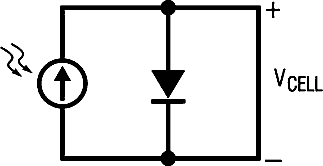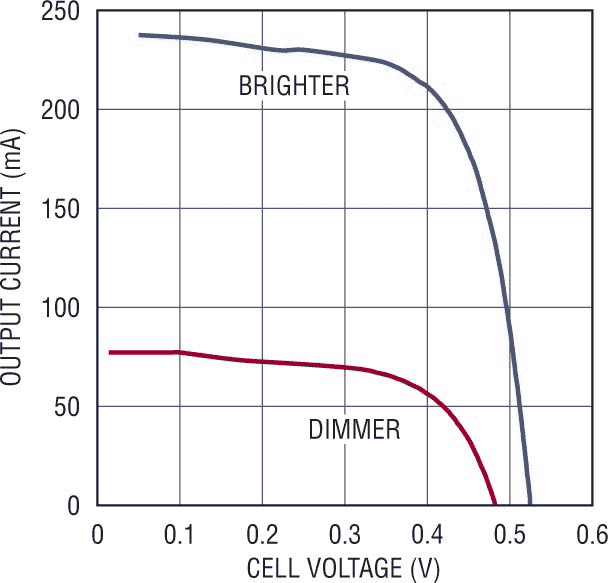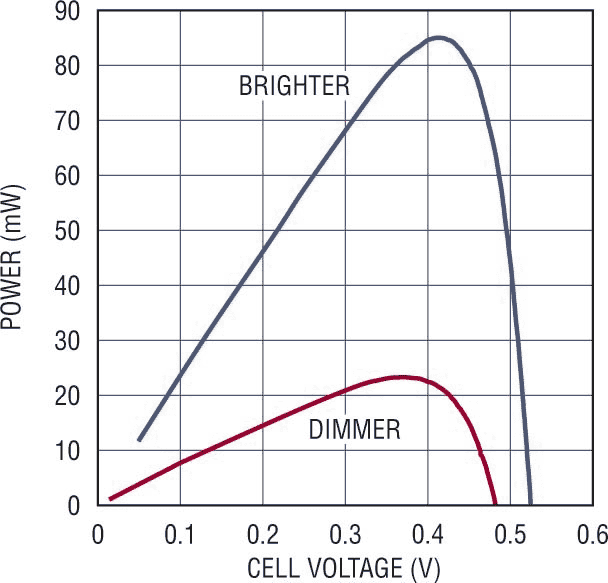Nathan Bourgoine, Linear Technology
To simplify the distribution of wireless communications for instrumentation, monitoring and control applications, power supply designers strive for device grid-independence. Batteries, the immediately obvious solution, offer the illusion of grid independence, but require replacement or recharging, which means eventual connection to the grid and expensive human intervention and maintenance. Enter energy harvesting, where energy is collected from the instrument’s immediate environment, offering perpetual operation with no connection to the grid and minimal or no maintenance requirements.
A variety of ambient energy sources can be harvested to produce electrical power, including mechanical vibration, temperature differential and incident light. Linear Technology produces power management solutions that solve the problems specific to harvesting ambient low energy sources, including the LTC3588 for vibration sources, the LTC3108/LTC3109 for thermal, and now the LTC3105 for photovoltaic energy harvesting applications. Photovoltaic energy harvesting is widely applicable, given that light is almost universally available, photovoltaic (PV) cells are relatively low cost and they produce relatively high power compared to other ambient energy harvesting solutions. Because of its relatively high energy output, photovoltaic energy harvesting can be used to power wireless sensor nodes, as well as higher power battery charging applications to extend battery life, in some cases eliminating tethered charging altogether.
While high voltage stacks of series-connected photovoltaic cells are prolific, single PV-cell solutions are rare, due to the difficulty of generating useful power rails from the low voltage produced by a single PV cell under load. Few boost converters can produce outputs from a low voltage, relatively high impedance single PV cell. The LTC3105, however, is designed specifically to meet these challenges. Its ultralow 250mV start-up voltage and programmable maximum power point control allow it to generate the typical voltage rails (1.8V–5V) required for most applications from challenging PV sources.
UNDERSTANDING PHOTOVOLTAIC CELL SOURCES
Photovoltaic sources can be electrically modeled by a current source connected in parallel with a diode as shown in Figure 1. More complex models show secondary effects, but for our purposes this model is sufficient.
 |
|
| Figure 1. | Simple photovoltaic cell model. |
Two common parameters that characterize a PV cell are the open circuit voltage and the short-circuit current. Typical curves for PV cell current and voltage are shown in Figure 2. Note that the short-circuit current is the output of the model’s current generator while the open circuit voltage is the forward voltage of the model’s diode. As light levels increase, the current from the generator increases and the IV curves move up.
 |
|
| Figure 2. | Typical photovoltaic cell IV curve. |
To extract maximum power from the PV cell, the input resistance of the power converter must be matched to the output resistance of the cell, resulting in operation at the maximum power point. Figure 3 shows the power curve for a typical single photovoltaic cell. To ensure maximum power extraction, the output voltage of the PV cell should be operated at the peak of the power curve. The LTC3105 adjusts the output current delivered to the load in order to maintain the PV cell voltage at the voltage set by the maximum power point control pin. Therefore, a single programming resistor establishes the maximum power point and ensures maximum power extraction from the PV cell and peak output charging current.
 |
|
| Figure 3. | Typical photovoltaic cell power curve. |
HOW MUCH POWER IS AVAILABLE?
The amount of power that can be generated using a photovoltaic cell depends on a number of factors. The output power of the cell is proportional to the brightness of the light landing on the cell, the total area of the cell, and the efficiency of the cell. Most PV cells are rated for use under full direct sunlight (1000W/m2), but such ideal conditions are unlikely to occur in most applications. For devices operating from sunlight, the peak power available from the cell can easily change by a factor of ten from day to day due to weather, season, haze, dust, and incident angle of the sunlight. Typical output power for a crystalline cell in full sunlight is about 40mW per square inch depending on cell characteristics. A PV cell with an area of a few square inches is sufficient to run many remote sensors and to trickle charge a battery.
In contrast, devices operating from indoor lighting have far less energy available to them. Common indoor lighting is roughly 0.25% as strong as full sunlight (the huge difference in intensity between indoor lighting and sunlight is hard to perceive due to the human eye’s ability to adjust to a wide range of illumination levels). The dramatically lower light levels available to indoor applications presents design challenges. Even a large high efficiency crystalline cell with an area of four square inches generates only 860µW in typical office lighting.